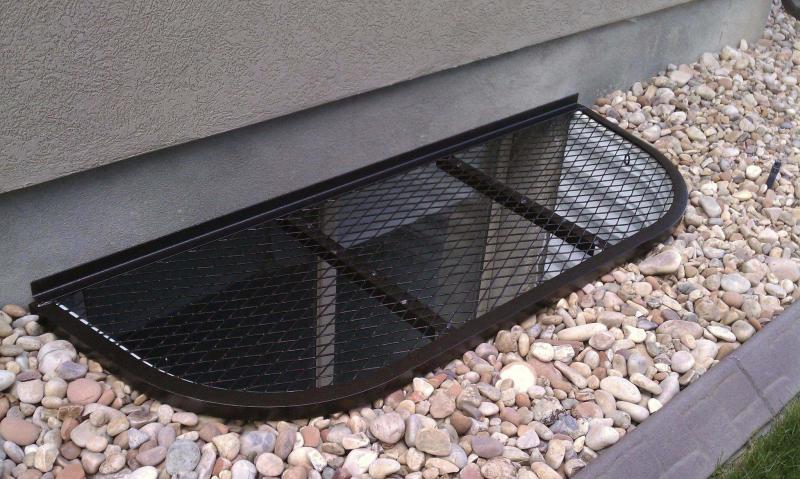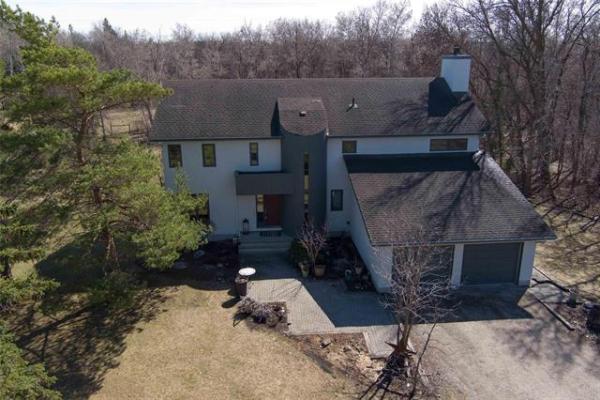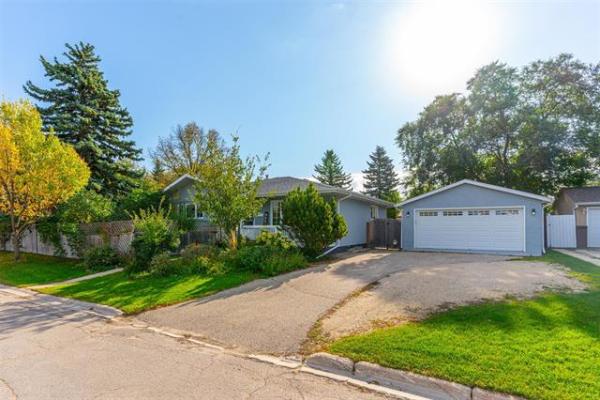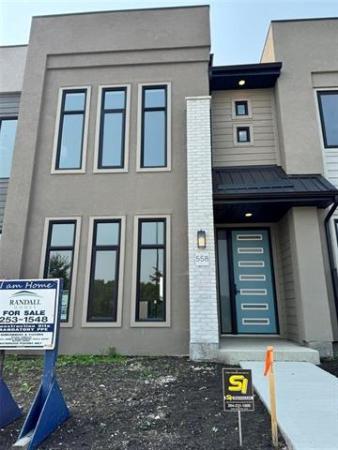Question: Hi Ari, I was hoping you could answer a question for me. I live in Niverville in a 10-year-old house. We were having some problems with water coming in a window and noticed the window well is very small. We are going to replace it, but we also noticed the drainage pipes are not perforated down the sides. Should they be? And if so, do we have to dig them all up and replace them?
— Kevin Webster
Answer: Window wells and drains may seem like unusual items of undetermined use, but are simple in their function. We will explore the reason for their existence, which should resolve your confusion and provide a guideline for simple maintenance.
Window wells are a necessary but often a maligned, landscaping component in our homes that have a simple, yet often misunderstood function.
The window wells, normally galvanized steel semi-circular items jutting out from our foundation walls, serve two main functions.
The first function, often obvious from their location, is to prevent soil from sitting on or up against basement windows.
We all know that building materials, particularly older wooden windows, that are in contact with soil will become moisture damaged. Rot is a very common issue and can lead to major moisture and pest intrusion if found in windows.
Soil may come in contact with basement windows, even ones that appear slightly above grade, because of a desire for improved grading around our homes.
Every homeowner has experienced some form of shrinkage or erosion of the soil around their home.
This may be caused by settlement of the home, or simply environmental issues causing deterioration of the grading around our foundations.
To combat this, fresh topsoil will have to be added to the area surrounding our homes every few years. As the original soil settles, and the corresponding drainage swales flatten out, we must replenish this area to maintain positive drainage away from the building.
To prevent this new soil from rising above the bottom of the basement window sill, where it can cause damage, we must have a window well.
These should be installed with the top rising several centimetres above the window sill, but not high enough to impede light or egress from the window.
The curved, metal structure should be secured directly to the foundation wall, with pneumatic nails or lag bolts, to prevent movement with changes in soil conditions. If properly accomplished, these strong corrugated boxes should last for decades without much maintenance.
The one issue, which is a common complaint of many homeowners, is the wells filling up with water during heavy rainstorms, or during the spring melt. To combat this issue, most homes built over the past few decades have integral drain pipes installed in the ground outside basement windows.
The early versions of these were simply plastic pipes with holes drilled in the sides, to help drain an overflowing well to the soil outside the foundation below.
These may have worked during summer storms, but were all but useless during the snow melt, because the ground was often still frozen below grade and would not absorb the water. Also, these notoriously became clogged with leaves, soil, or other debris and failed to work when needed.
So, for the past couple of decades, most of the drainage pipes have been comprised of unperforated weeping tile piping, or other solid plastic pipes, which drain directly into the actual weeping tile.
Because the weeping tile sits directly adjacent to the bottom of the foundation, they should be able to easily accept any excess water that collects in the window wells.
To prevent clogging with soil, these pipes are often filled with crushed stone, which create channels for the runoff to drain. This should answer your question about the lack of perforations in your drainage pipes, as being normal and not a defect.
Despite the current configuration, there can still be some issues with drainage into these pipes. Since you can see yours, the first issue is likely present in your home.
Often, these pipes are installed before grading is complete and are left sticking out of the ground, well above the bottom of the windows.
This is to prevent burying or crushing the pipes during backfilling, but requires further work to complete the installation. These may have to be cut down in length, to terminate slightly below the window openings.
Once trimmed down, they can be protected with a perforated cap, or simply filled with crushed stone, along with the bottom of the window well, to allow drainage.
The last issue is a simple one of maintenance, with the window wells requiring periodic cleaning.
Leaves, paper, plastic bags, topsoil and other debris commonly blow into window wells and may settle in a significant thickness at the bottom.
This junk can cause the level of the bottom of the well to rise above the bottom window sill, creating an environment for leakage if left unchecked. Also, if this detritus gets packed down over time, it could easily prevent excess moisture in the well from draining into the pipe.
The solution to this is simple, regular cleaning and removal of excess soil from the bottom of the well, as needed. Sometimes, replacement with a thin layer of new crushed rock will improve the situation further, ensuring that the bottom of the well remains a few centimetres below the window opening, to prevent leakage through the window.
Window wells and their drains are not evil fixtures, conjured up to cause grief for homeowners by filling up and overflowing, but necessary components designed to prevent damage and leakage at basement windows
Like most items on a home, good maintenance can be the difference between proper function and disaster, so regular cleaning of your window wells and drains should ensure proper performance.
Ari Marantz is the owner of Trained Eye Home Inspection Ltd. and the past president of the Canadian Association of Home & Property Inspectors — Manitoba (cahpi.mb.ca). Questions can be emailed to the address below. Ari can be reached at 204-291-5358 or check out his website at trainedeye.ca.
trainedeye@iname.com




